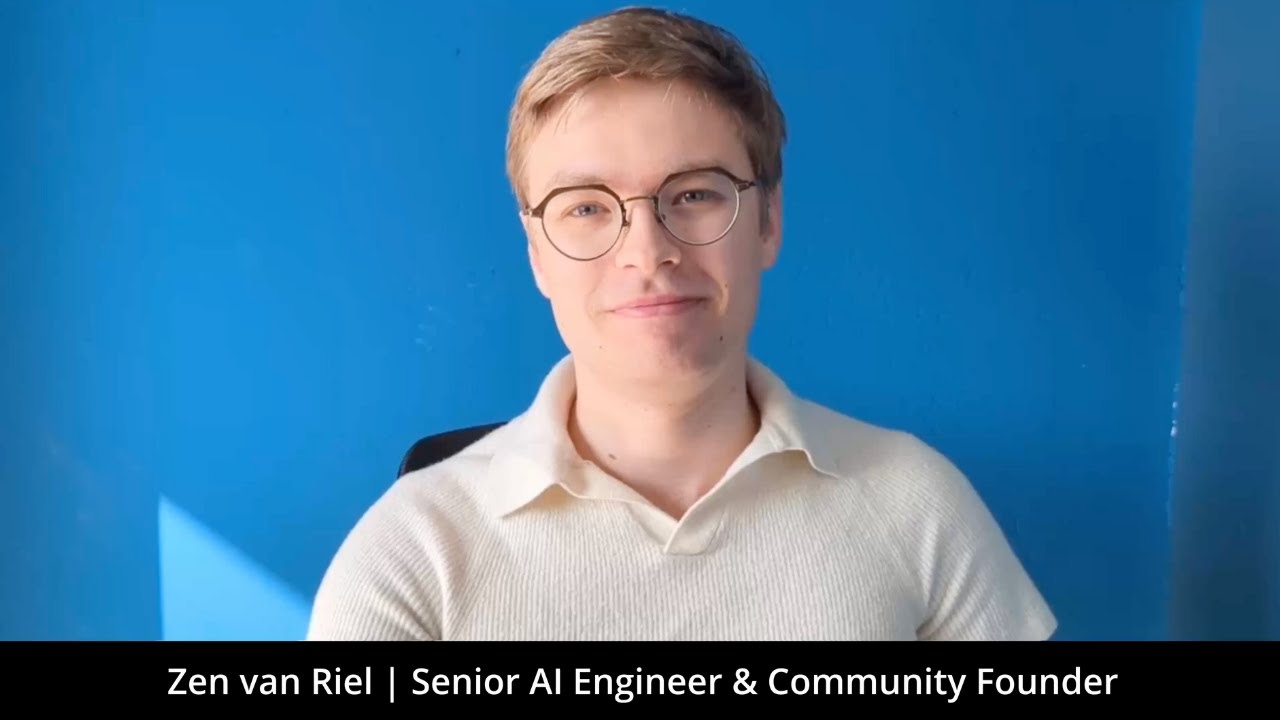The 10X Engineer Myth
Software development has long perpetuated the myth of the 10X engineer – the exceptional developer who produces ten times more output than their peers through raw talent, experience, and insight. This concept has created both aspiration and frustration throughout the industry, as the vast majority of developers find themselves on the wrong side of this perceived productivity gap. However, the emergence of AI implementation skills is fundamentally changing this dynamic. Throughout my experience implementing AI solutions at scale, I’ve observed how these capabilities are enabling previously average developers to achieve output levels once reserved for the industry’s most exceptional performers. This shift aligns with the broader understanding of what practical AI skills actually matter in today’s development landscape.
The Traditional 10X Engineer Concept
The idea of order-of-magnitude productivity differences has deep roots in software development:
The Original Productivity Myth
Traditional beliefs about exceptional performers include:
- Inherent ability gap: Some developers possessing natural talents others lack
- Experience advantage: Senior developers achieving efficiency through accumulated knowledge
- Cognitive processing differences: Exceptional engineers thinking at fundamentally different levels
- Pattern recognition capabilities: Elite developers seeing solutions immediately
- Technical intuition: Top performers making better instinctive decisions
These assumptions created a talent hierarchy that seemingly explained vast productivity differences.
Practical Manifestations
The productivity gap appeared in several observable ways:
- Implementation speed: Dramatic differences in feature delivery timeframes
- Code quality: Variations in robustness, maintainability, and performance
- Problem-solving ability: Disparities in tackling complex challenges
- Design insight: Architectural decisions that prevented future problems
- Technical leadership: Ability to guide others toward optimal solutions
These visible differences reinforced beliefs about fundamental capability gaps.
Organizational Impact
This productivity mythology influenced multiple aspects of development culture:
- Compensation disparity: Significant salary differences based on perceived output
- Recognition patterns: Awards and advancement favoring perceived top performers
- Resource allocation: Prime projects flowing to apparent 10X engineers
- Cultural narratives: Stories reinforcing exceptional performance expectations
- Hiring obsessions: Recruitment focusing heavily on identifying 10X potential
These practices institutionalized the productivity gap’s perceived inevitability.
The AI Implementation Equalizer
AI implementation skills are disrupting this established order in several key ways:
1. Code Generation Acceleration
AI tools dramatically enhance development velocity:
- Boilerplate elimination: Automating routine code creation
- Pattern implementation: Generating common structures instantly
- Documentation automation: Creating explanatory content automatically
- Test generation: Producing comprehensive test suites with minimal effort
- Refactoring assistance: Transforming code structure efficiently
These capabilities compress tasks that previously created significant productivity differences.
2. Knowledge Access Democratization
AI reduces the advantage of accumulated experience:
- Pattern recognition: Tools identifying optimal approaches without years of exposure
- Best practice suggestions: Systems recommending established conventions
- Error prevention: Highlighting potential issues before they occur
- Context-specific guidance: Providing relevant advice for unfamiliar domains
- Learning acceleration: Compressing knowledge acquisition timeframes
This democratization reduces the gap between novice and experienced developers.
3. Problem Decomposition Enhancement
AI improves the handling of complex challenges:
- Solution exploration: Evaluating multiple approaches efficiently
- Architecture assistance: Suggesting structural patterns for specific problems
- Edge case identification: Highlighting potential failure conditions
- Optimization guidance: Recommending performance improvements
- Integration patterns: Suggesting effective system connection approaches
These enhancements improve complex problem handling without requiring rare insight.
The New Productivity Equation
AI implementation is creating a fundamentally different productivity paradigm:
1. From Talent to Technique
Success factors shifting from innate ability to implementation skill:
- Traditional paradigm: Output primarily reflecting inherent capabilities
- AI-enhanced approach: Productivity reflecting implementation effectiveness
- Skill focus change: Value of pattern recognition versus prompt engineering
- Learning emphasis shift: Memorization becoming less critical than orchestration
- Cognitive requirements evolving: Effectiveness requiring different mental models
This transition creates new paths to high performance without requiring exceptional talent. Understanding the complete AI engineering career path shows how developers can systematically develop these AI implementation capabilities regardless of their starting point.
2. The Multiplier Effect
Implementation skills creating dramatic output increases:
- Average developers achieving 5-10X pre-AI productivity levels
- Previously elite developers reaching 15-20X traditional output
- Implementation skill differences creating new productivity separations
- **

